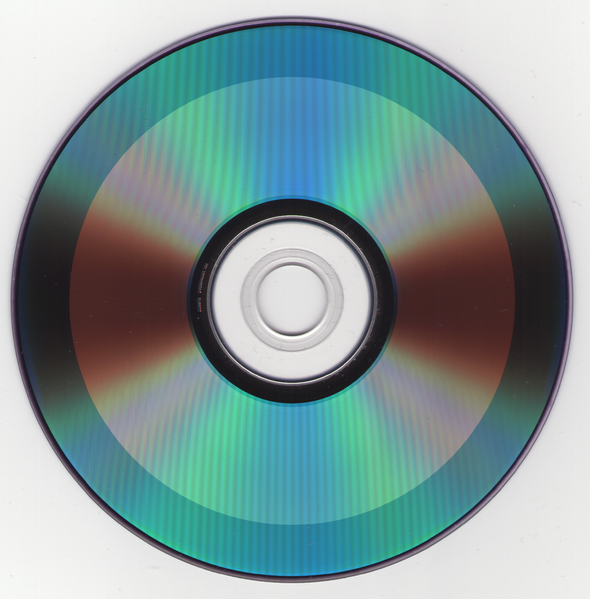After volume problems, this is the most common issue we hear about in the Classroom Support office (and maybe the most annoying problem for users). The DVD worked at home. It worked last semester in a different room. But now the computer is spitting it out, not recognizing it, or it’s doing nothing while the class stares at a blank screen and it’s likely some may utter words you won’t find in the Bible. What makes playing a DVD so difficult? This post will help you identify bad DVD discs, and in future post we’ll discuss working with the DVD software.
Part of the problem is that DVDs themselves are not perfect. A tiny scratch, or a little dirt in the DVD tray, can ruin everything. For reasons that are too complex to elaborate on here, this can cause a frustrating situation where a scratched disc will work in one player but not in another. Making things worse, educational companies are notorious for making inferior DVDs that arrive in a terrible state even though they are brand new.
How can you tell if the disc you’re using is cheaply made? Turn it over and see if the bottom is shiny and metallic, if so, then you’re looking at a well-made DVD. These are made in factories by permanently stamping a platter of aluminum into shape and encasing it in plastic, and it’s what a disc containing professional, Hollywood film will look like.

However, if the disc was made cheaply then the bottom will be less metallic, and you will see shades of purple, blue, or green underneath the plastic. A ring of a slightly different color around the outside is often present. The purple stuff you’re seeing is a fragile dye used by consumer DVD writers, and, obviously, it’s not as durable as stamped aluminum.

These discs degrade over time until they are useless, and some of them will refuse to work in certain computers. When this happens, it’s not a software problem—it’s the result of cheap DVD manufacturing. The dye cannot be shaped as perfectly as its aluminum counterpart, and the result is that DVD players must struggle to read the information. Making things even more complicated is the fact that some of these “cheap” discs work better than others, so there is no way to tell how well one will perform; some people use these consumer level DVDs regularly without any trouble.

What do you do if you’re concerned about your DVD? First of all, you should always test out your media in the classroom where you’re going to use it before relying on it. If it doesn’t work, contact our office and we will see if we can make it cooperate.
Another option is to test it out on your own laptop. If it works there, then simply bring that laptop to class and plug it into our projector. (Contact us at 214-768-8888, or help@smu.edu, if you need assistance getting this set up.) This is probably the least complicated way to bring media to your students, because it allows you to make sure everything is set up just they way you like it.
Stay tuned. In an upcoming post we will tackle the other half of this problem by de-mystifying the DVD playing software.


